How Technology is Changing the World
Imagine living in a world where communication are unhindered and knowledge shifts at the rate of light. In a world where biotechnology can treat...
2 min read
Suresh Saroj : October 8, 2023
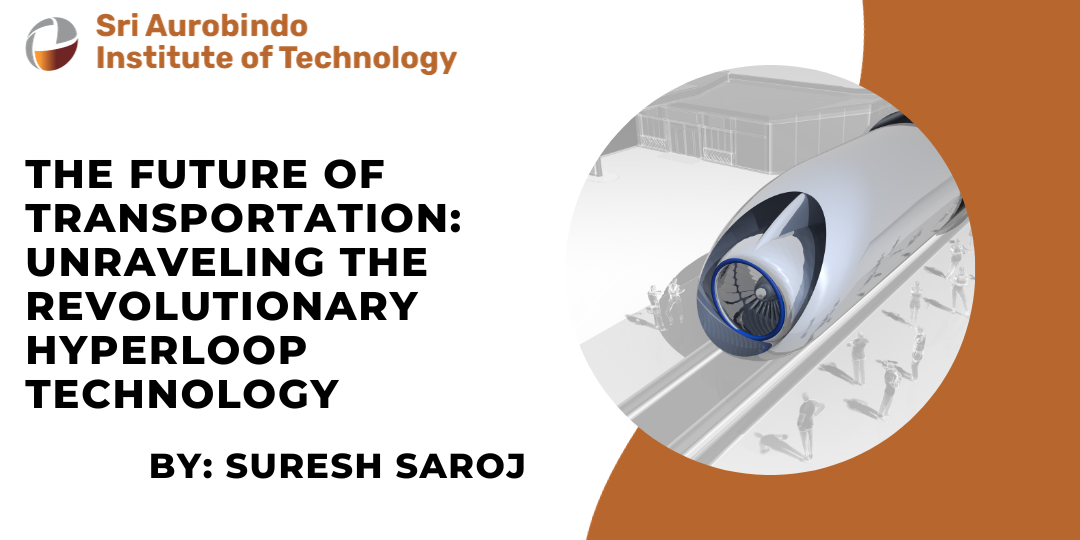
In an era where speed, efficiency, and sustainability are prized, the transport sector is ripe for a revolution. Enter Hyperloop technology, Elon Musk's 2013 white paper, "Hyperloop Alpha", introduced this groundbreaking concept to the world, and it has since captured imaginations globally.
Envisioned as a system where pods traverse through near-vacuum tubes at speeds previously thought unattainable for land transport, Hyperloop promises to redefine our understanding of long-distance travel.
Anatomy of the Hyperloop System
Before diving into the transformative potential of Hyperloop, a comprehensive understanding of its components is essential.
The Low-Pressure Tube
The tube, largely devoid of air, forms the backbone of the Hyperloop system. This near-vacuum state dramatically decreases the air resistance, facilitating the incredible speeds that the pods can achieve.
According to Musk's initial proposal, these tubes would be placed on columns above the ground, reducing land usage and potential barriers.
Capsules - The Hyperloop's Lifeline
The aerodynamics design of the Hyperloop pods is no accident. Crafted meticulously to reduce friction, these pods can be for passengers or cargo.
With the capacity to accommodate 28 passengers per pod, they are envisioned to depart in rapid succession, ensuring a balance between speed and capacity.
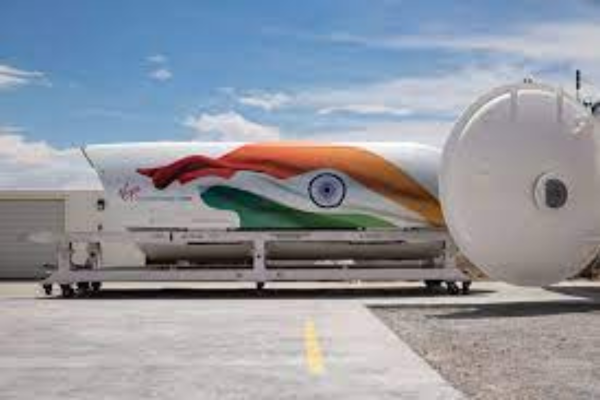
Propulsion and Levitation Mechanism
Hyperloop's levitation employs magnetic levitation (maglev) or air cushions. Notably, maglev technology is already in use in some high-speed rail systems, like Shanghai's Maglev Train, and offers reduced friction advantages.
Meanwhile, the pods' propulsion relies on linear electric motors, which are efficient and ensure smooth acceleration.
Vacuum Systems
The vacuum pumps are instrumental in creating the low-pressure environment, a critical feature that Musk's white paper emphasized.
Their role ensures minimal air resistance, a cornerstone for the pods' high-speed capabilities.
Route Dynamics
Hyperloop's efficiency hinges significantly on its route. Straight, level paths are ideal. While traditional railways and highways often meander, Hyperloop's need for speed necessitates direct routes, minimizing sharp turns or steep inclines.
Safety - Non-Negotiable and Paramount
Traveling at speeds of around 700 mph demands rigorous safety standards. From advanced emergency braking systems to multiple power sources, ensuring passenger safety is at the forefront of Hyperloop's design philosophy.
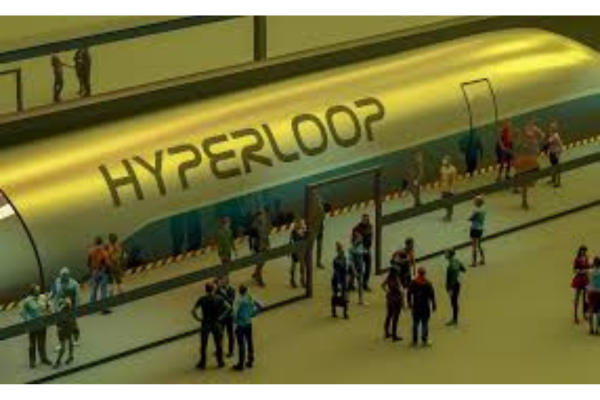
Why Hyperloop Could be the Transport of Tomorrow
Hyperloop isn't merely a faster way to travel; it represents a confluence of efficiency, sustainability, and innovation.
Unprecedented Speeds
Traditional high-speed trains, like France's TGV, reach speeds of about 200 mph. In contrast, Hyperloop's proposed speeds exceed 700 mph, potentially turning lengthy journeys into brief commutes.
A Beacon of Energy Efficiency
Hyperloop's design, from its low-resistance environment to its electromagnetic propulsion, embodies efficiency. Theoretically, it could operate at a fraction of the energy consumed by traditional trains and planes.
An Environmentally Friendly Alternative
Transport contributes significantly to global CO2 emissions. Hyperloop, with its potential for low emissions, offers a more environmentally conscious transport method, aligning with global sustainability goals.
Addressing Global Congestion Issues
With urbanization on the rise, cities worldwide grapple with congestion. Hyperloop could help alleviate this, offering rapid inter-city transport and reducing the strain on existing infrastructure.
Embracing Autonomy
The vision for Hyperloop often features fully autonomous pods. This not only reduces operational complexities but could also set new safety benchmarks by eliminating human error.
Hyperloop's Journey from Concept to Reality
Hyperloop, while promising, is still in its infancy. The road from conceptualization to realization is dotted with challenges, from technological hurdles to regulatory considerations.
However, the global interest is undeniable. Several companies, including Virgin Hyperloop and Hyperloop Transportation Technologies, are in a race against time, working on prototypes and conducting extensive feasibility studies.
While a fully operational Hyperloop system might still be a few years away, the strides made thus far are promising. As we stand on the cusp of a transportation revolution, the journey of Hyperloop is one that the world watches with bated breath.

Imagine living in a world where communication are unhindered and knowledge shifts at the rate of light. In a world where biotechnology can treat...
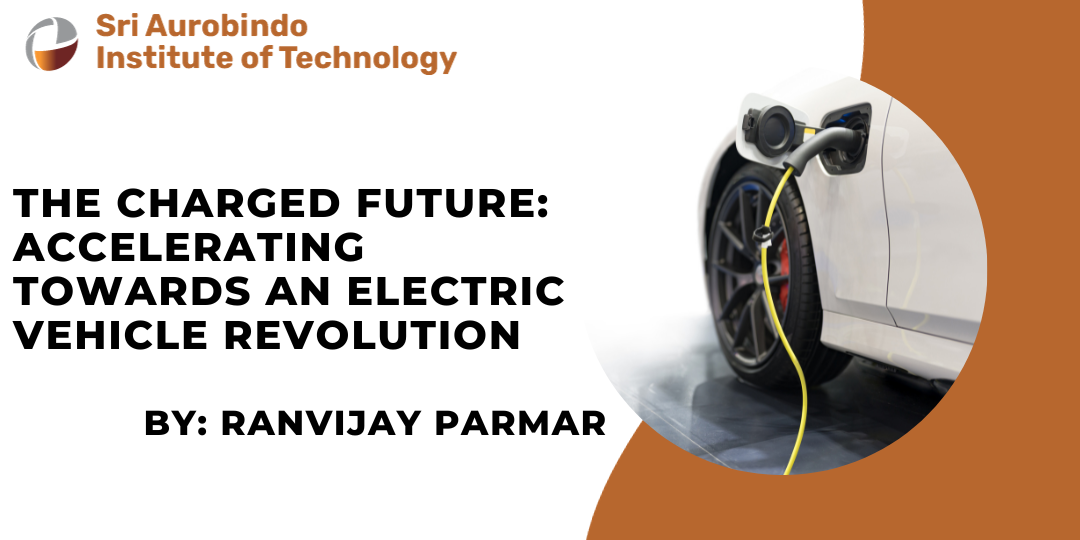
Electric vehicles have come a long way in recent years. They are no longer just a pipe dream for environmentalists or tech enthusiasts - they have...
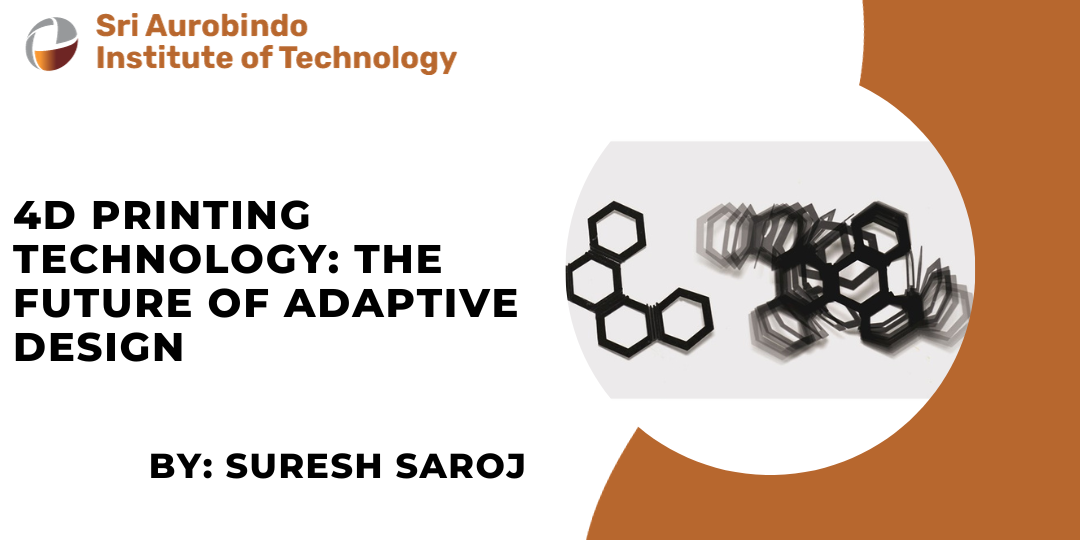
4D printing, an avant-garde advancement in the realm of additive manufacturing, is redefining the boundaries of what's possible in design and...